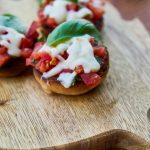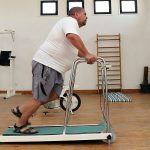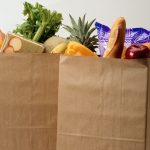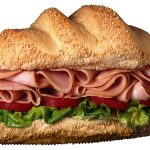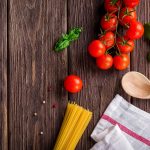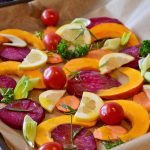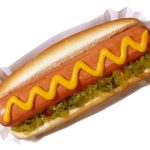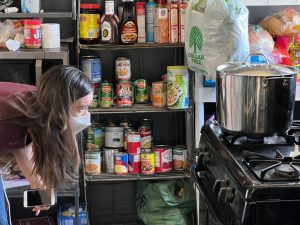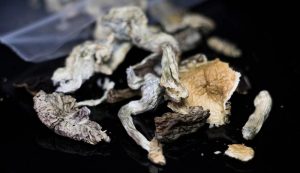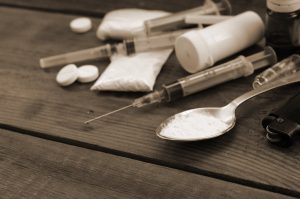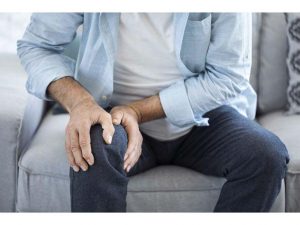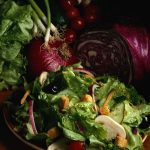
Your heart will thank you if you stick to a mostly plant-based diet, a new preliminary study suggests. Researchers evaluated five dietary patterns. They found that people who ate a plant-based diet most of the time had a 42 percent lower risk of developing heart failure over four years than those who ate fewer plant-based foods. “Eating a diet mostly of dark green leafy plants, fruits, beans, whole grains and fish, while limiting processed meats, saturated fats, trans fats, refined carbohydrates and foods high in added sugars is a heart-healthy lifestyle and may specifically help prevent heart failure if you don’t already have it,” said study first author Dr. Kyla Lara. She’s an internal medicine resident at Icahn School of Medicine at Mount Sinai Hospital in New York City. Heart failure means the heart is unable to pump enough blood to maintain its workload. It affects about 6.5 million adults over the age of 20 in the United States. The study involved more than 15,500 American adults, aged 45 and older, without known heart disease or heart failure. The plant-based diet was weighed against diets of convenience (red meats, pastas, fried potatoes, fast foods); sweets-laden diets (desserts, breads, sweet breakfast foods, chocolate, candy); southern diets (eggs, fried food, organ meats, processed meats, sugary beverages); and eating habits heavy on alcohol and salads (salad dressings, green,… read on >
